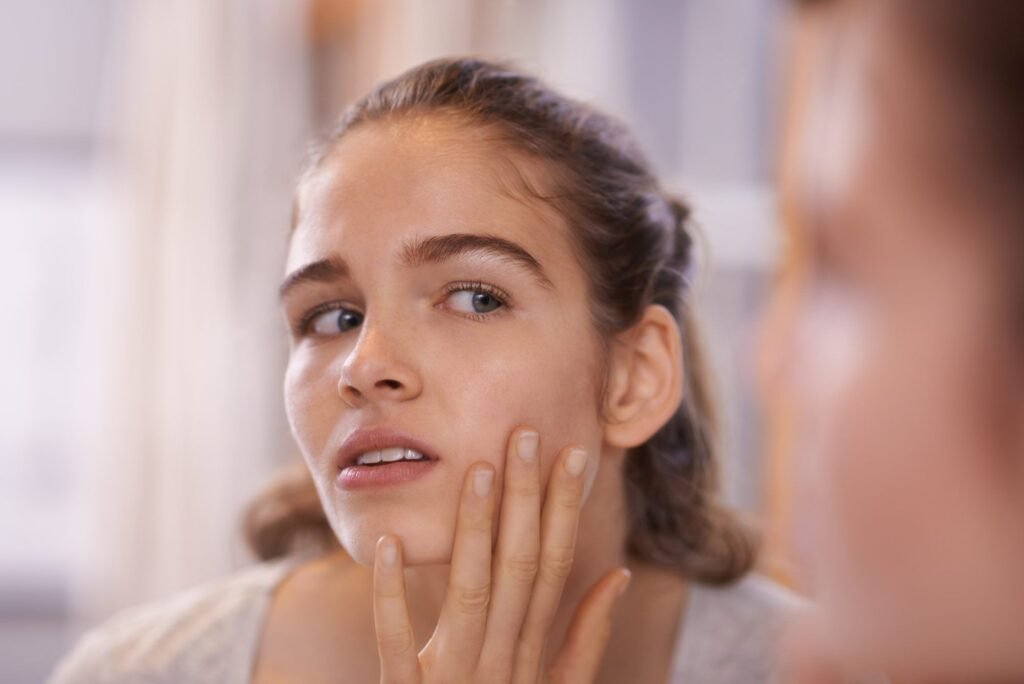Understanding Skin Purging: What You Need to Know
Focus Keyword: Skin Purging
Skin purging, often mistaken for a worsening of acne, is a temporary reaction to specific skincare ingredients designed to expedite the natural process of cell turnover. Ingredients like salicylic acid and retinoids can lead to an initial breakout as the skin rapidly eliminates dead cells and other impurities.
What is Skin Purging?
Skin purging occurs when active ingredients accelerate your skin’s shedding process. According to dermatology experts, the initial breakouts come from the unveiling of microcomedones—tiny blemishes that form beneath the skin’s surface before becoming visible.
"Acne starts out as what we call microcomedones, which are under the surface of the skin and not visible," explains Dr. Arielle Nagler, an assistant professor of dermatology at NYU Grossman School of Medicine.
Common Ingredients That Cause Skin Purging
- Salicylic Acid: This beta hydroxy acid helps eliminate dead skin cells but may also bring underlying impurities to the surface.
- Retinoids: Known for their anti-aging benefits, retinoids speed up cell turnover, often resulting in temporary breakouts.
How Long Does Skin Purging Last?
Typically, skin purging may last several weeks, with noticeable improvements in breakouts often taking four to eight weeks. If you’re not seeing any benefits from a new product after this period, it may be time to reconsider your regimen.
Guidelines for Monitoring Progress
- Be Patient: Allow at least four weeks before assessing a product’s effectiveness.
- Track Changes: Note whether your skin improves after consistent use. If you experience persistent or worsening breakouts beyond eight weeks, consulting a dermatologist is advisable.
Daily Use of Salicylic Acid
Salicylic acid can be beneficial in acne treatment by reducing inflammation and clearing clogged pores.
- Frequency: It can be incorporated into your routine daily or several times a week.
- Start Slow: If skin purging occurs, begin with a low concentration and gradually increase usage.
Skin Purging vs. Common Breakouts
It’s important to distinguish between skin purging and regular breakouts. Here’s how you can tell:
Characteristics of Skin Purging
- Breakouts resolve quickly.
- No scarring is typically left behind.
Characteristics of Regular Breakouts
- Pustules that may take longer to disappear.
- Often leave marks or scarring.
"If you’re using a product with non-comedogenic ingredients, then the breakouts may be due to the product itself rather than purging," warns Dr. Debra Jaliman.
Managing Breakouts
Aside from skin purging, other habits may lead to acne, such as:
- Neglecting to remove makeup before sleep
- Scrubbing the skin harshly
- Using unclean makeup tools
- Excessive face washing
- Introducing multiple new products in a short time frame
Preventing Skin Purging
While it may be challenging to avoid skin purging entirely, gradual introduction of new products can help ease the transition for your skin.
Tips for Introducing New Products
- Start Slowly: Use a low dose of active ingredients every few days initially.
- Increase Frequency: As your skin adjusts, gradually increase the application frequency.
Conclusion: Key Takeaways on Skin Purging
In summary, while experiencing an initial breakout may feel concerning, it can be a normal part of your skin adjusting to new active ingredients.
- Be Patient: Expect several weeks for skin clarity to improve.
- Consult Professionals: If you are unsure about product ingredients or experiencing persistent issues, a dermatologist consultation can provide personalized guidance.
Maintaining a consistent routine while being mindful of product ingredients can pave the way for a clearer, healthier complexion. For more detailed skincare tips, check out the American Academy of Dermatology.
By understanding the ins and outs of skin purging and actively managing your skincare routine, you can achieve clearer skin over time.


